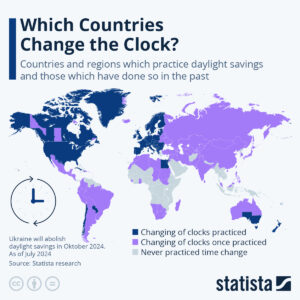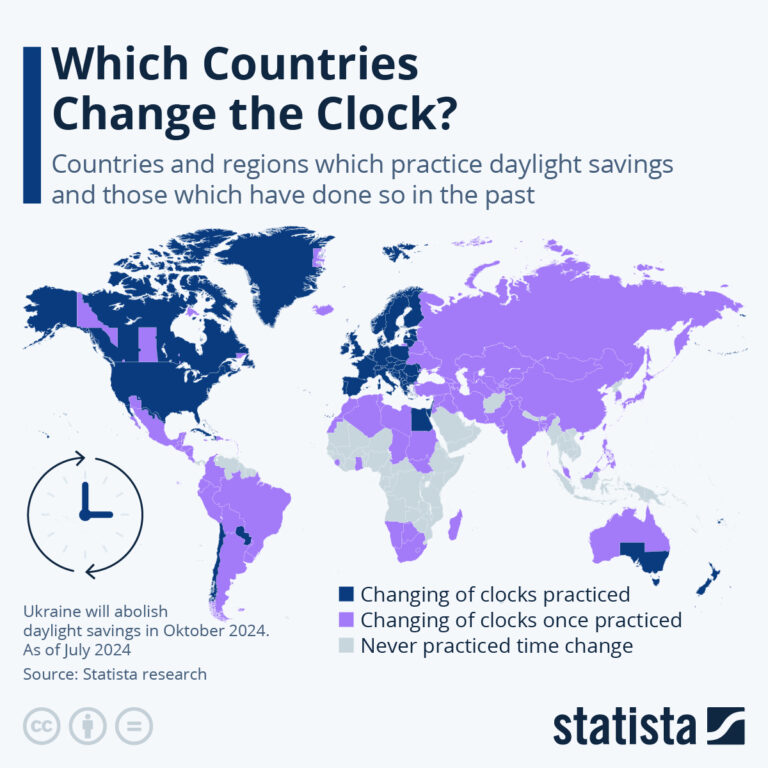Daylight Savings 2025: A Comprehensive Guide
As we approach the year 2025, the topic of daylight savings time (DST) is becoming increasingly relevant. With the time change set to occur on March 9, 2025, and again on November 2, 2025, it’s essential for businesses, HR professionals, and leaders to understand its implications. This guide delves into the significance of the time change in 2025, how it affects work schedules, employee productivity, and even the technological advancements that come into play, particularly in terms of AI consulting and automating business processes.
What is Daylight Savings Time?
Daylight Savings Time is the practice of advancing clocks during warmer months so that evenings have more daylight and mornings have less. This adjustment typically happens in the spring, when clocks are set forward one hour, and is reversed in the fall, when clocks revert to standard time. The purpose of this time shift is to make better use of daylight during the longer days of summer.
The Historical Context of Daylight Savings
Initially proposed by Benjamin Franklin in 1784, daylight savings time was implemented during World War I as a measure to conserve energy. Over the decades, various regions have adopted and repealed DST practices. In the United States, it was standardized in 1966 through the Uniform Time Act, which provided a consistent framework for time changes across the country.
Daylight Savings 2025: Important Dates
Mark your calendars for the upcoming 2025 daylight savings transitions:
- Start of Daylight Savings: March 9, 2025, at 2:00 AM
- End of Daylight Savings: November 2, 2025, at 2:00 AM
The Impact of Time Change on Employees
One of the primary concerns regarding daylight savings time is its effect on employee health and productivity. Studies have shown that the abrupt change in sleep patterns can lead to various health issues, including:
- Sleep Disruption: Losing an hour of sleep can result in increased fatigue and decreased alertness.
- Increased Risk of Heart Attack: Research from the American Journal of Cardiology indicates a higher incidence of heart attacks following the start of DST.
- Workplace Accidents: The National Institutes of Health report a rise in workplace accidents in the week following the time change.
HR professionals should be aware of these potential impacts and consider implementing measures to support employees during these transitions.
Adapting Work Schedules
With the time change affecting sleep and productivity, companies may need to adapt their work schedules. Flexible hours can be an effective solution, allowing employees to adjust their work-life balance better. Some strategies include:
- Encouraging employees to arrive later in the morning after the time change.
- Implementing short breaks to maintain energy levels.
- Promoting wellness programs that address sleep health.
The Role of Technology in Managing Time Change
As we move into 2025, AI and automation will play critical roles in managing the impacts of daylight savings. For instance, companies utilizing automated systems, like those allowing for n8n workflows, can streamline operations and minimize disruptions during the time change. Consider the following:
- Workforce Management Software: Automated time tracking can ensure that employee hours reflect the correct time, maintaining payroll accuracy despite changes.
- Automated Meeting Scheduling: Utilize AI tools to minimize the disruption of scheduling meetings across different time zones and ensure employee availability is respected.
- Feedback Loops: Automation can facilitate gathering employee feedback post-time change, allowing businesses to make informed adjustments quickly.
The Future of Daylight Savings Time
In recent years, there has been a growing movement to abolish daylight savings time altogether, citing health concerns and questions about its overall effectiveness. States like Florida and California have introduced legislation aimed at making DST permanent. As discussions about the future of DST continues, businesses must stay informed about potential legislative changes that may affect their operations in 2025 and beyond.
Conclusion
The daylight savings time change in 2025 presents challenges and opportunities for businesses, particularly in the context of their workforce management strategies. By acknowledging the implications of this time shift, implementing necessary adjustments, and leveraging technology such as AI and automation, companies can navigate this period effectively. For more information on the implications of daylight savings and how they might affect your organization, refer to resources like Mpusd.net.







